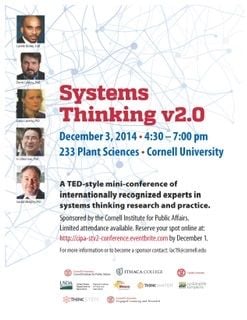DSRP Is All Around Us: Color
 Elena Cabrera
·
1 minute read
Elena Cabrera
·
1 minute read
Like all things, color is chock-full of DSRP patterns. Presented with the most common colors most of us can (unless colorblind) identify them on the spot. They are distinct from one another.
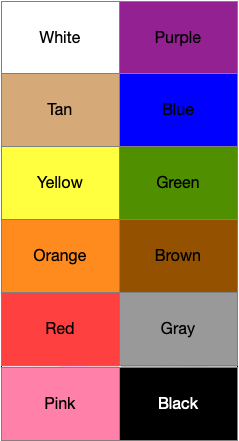 Yellow, for example, is a distinction, different from blue. But yellow is also a system—a whole made up of many yellowish parts.
Yellow, for example, is a distinction, different from blue. But yellow is also a system—a whole made up of many yellowish parts. 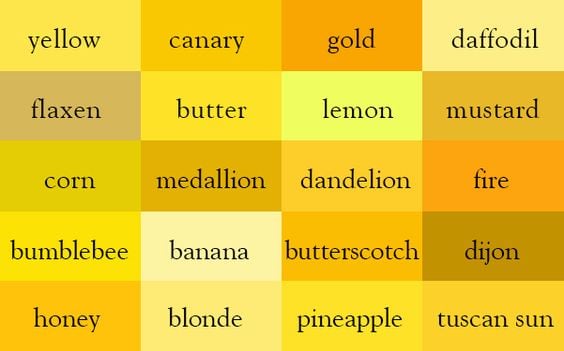
Looking at each of the parts of yellow above, we realize that they were given their identities because the colors are distinct shades of yellow. For example, "lemon" is clearly a distinct color from "butter" which in turn is a distinct color from "honey." Therefore, each identity exists in the context of the others. The same is true for all the basic colors:
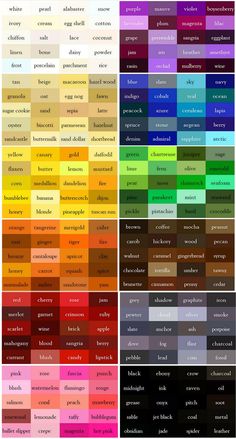
From the Perspective of wavelength any color is far more complicated and has much greater variation than what is shown in the table above. Colors exist on a spectrum based on wavelength and are therefore infinite (e.g., what color exists at the wavelength 523.04878923 nm?).
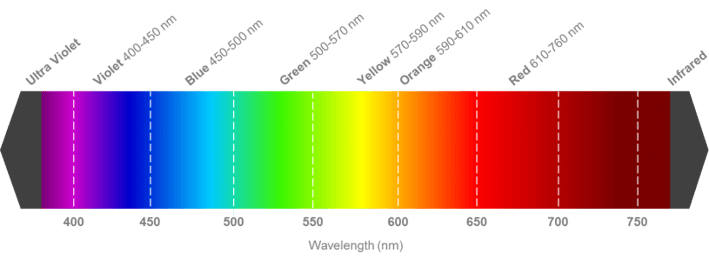
The Perspective of wavelength is one way to view color. Even the above spectrum of visible light demonstrates that our eyeballs make distinctions between different wavelengths of light. They are only able to utilize the wavelengths in the spectrum, even though many others exist.
There are many perspectives on color including the perspective of other species. For example, the below image demonstrates how humans see the parrots versus how dogs would see the same parrots.
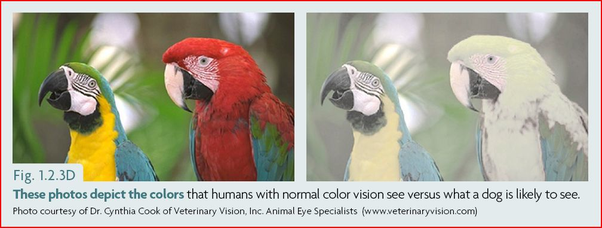 Another Perspective is the CMYK model of color. This model uses four simple colors (or rules for those who know about CAS) in order to replicate the color spectrum in print and on the web.
Another Perspective is the CMYK model of color. This model uses four simple colors (or rules for those who know about CAS) in order to replicate the color spectrum in print and on the web.
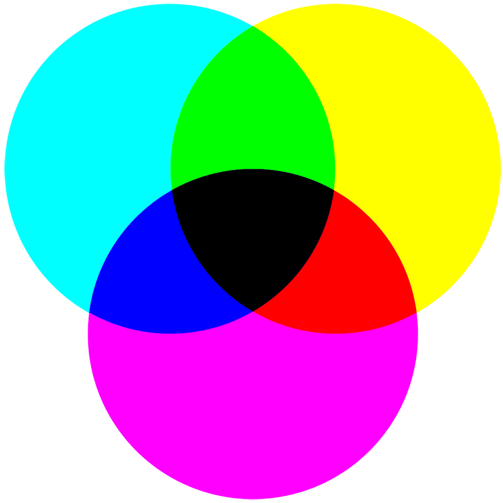 How do we even see color though? The diagram below shows how the relationships between the eye, the absorption of the object of focus, and light all come together to make it so that we can see color.
How do we even see color though? The diagram below shows how the relationships between the eye, the absorption of the object of focus, and light all come together to make it so that we can see color.
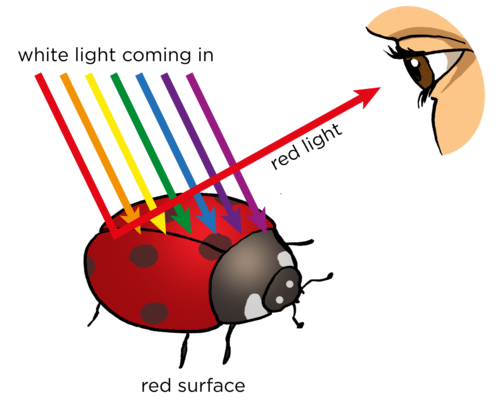
The DSRP cognitive patterns exist all around us. Color is just one of many examples of the real world Distinctions, Systems, Relationships, and Perspectives.
.png?width=150&height=150&name=CRL%20GOAT%20Logo%20(4).png)

